

With Super Mario Maker now available, there are bound to be many aspiring level designers looking for tips to help them advance their skills. If that sounds like it pertains to you, don't worry – we're here to help. After spending the better part of a month diving deep into the seemingly endless possibilities to be explored in Super Mario Maker's creation mode, we've jotted down the tips that have helped us to become better constructors, and now we're sharing those tips with all of you lovely people.
So without further ado, here are tips sure to turn you into a level-making rockstar in no time.
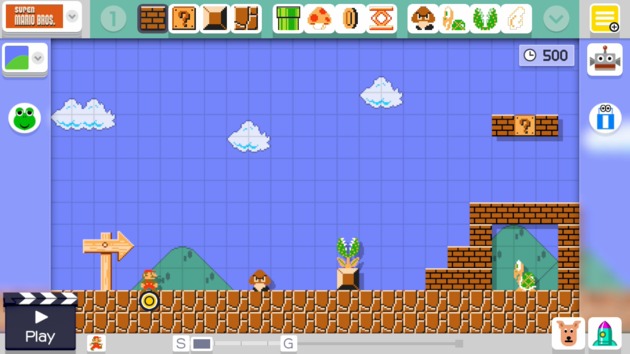
One Obstacle at a Time
When jumping into the Course Maker, don't think you need an elaborate blueprint drawn up before getting to business. Sure, it doesn't hurt to have a grand idea or template in mind beforehand, but it's not a necessity. Instead, just start designing a course one obstacle at a time. Remember, don't make it too difficult from the start; it's best to introduce the course's mechanical theme right away and gradually increase the difficulty as you work your way to the flagpole, that way players can be prepared for the challenges to come and not feel like they've been treated unfairly. Finding a natural flow and escalated sense of challenge is a key aspect of great stage design, so start basic and let your course build to something more interesting as you go along.
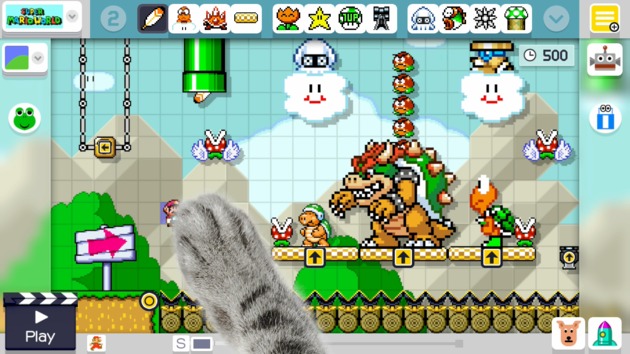
Experiment, Experiment, Experiment
Out of ideas? Save whatever you're working on, load a brand-new file, and then hold down the rocket icon in the bottom right corner of the touchscreen, which will wipe all assets from the default template. But instead of starting a new course from scratch, try experimenting with all the assets at your disposal! Drag a few enemies, hazards, and power-ups into the scene and try stacking, combining, and/or shaking them. There are many wild combinations and variations to be discovered in Super Mario Maker, and many of them defy what you'd typically expect from a Mario game. Fool around and have fun until you've Frankenstein'd something together that sparks an idea that you can work with. Trust us when we say that something interesting always happens eventually. You'd be surprised by how much inspiration can come from stumbling onto the world's coolest accident.
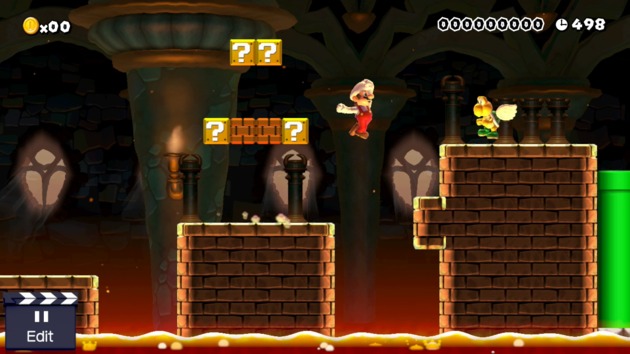
Less Is Usually More
One thing you'll notice after spending just a bit of time with Super Mario Maker is that it's not uncommon for users to cram as many assets as possible into a course, often making for overwhelming circumstances. If you truly want to make a Mario course that achieves the same high-quality design that the franchise is known for, try sticking to the necessities. Indulging in too many superfluous or intrusive additions can confuse and/or anger players, putting them in a position where they don't know what's necessary for progression and what's just set dressing. Once you get through the initial asset roll-out, you'll have a myriad of options available to you, so we understand if you want to go a little crazy for a while. But if you want to be the next Miyamoto or Tezuka, keep it sensible and clever. The more direct your course is, the more intuitive it will be – and the more intuitive it is, the more Star Ratings you'll nab, which is essential if you ever want to upload more than 10 courses.
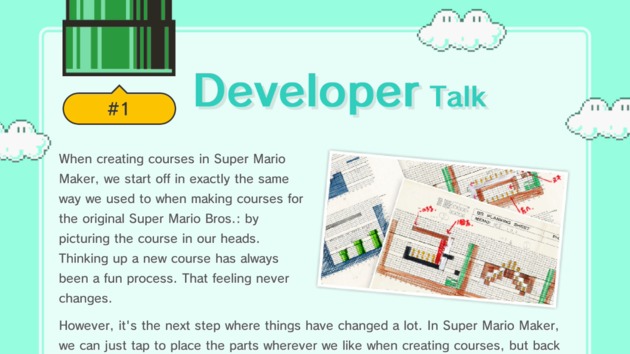
Invest in Graph Paper
If you plan to take level-making very seriously and want to earn a name for yourself in the Super Mario Maker community, buy some graph paper next time you're at the store. That way when you're at work or school and have downtime, you can pull out the graph paper and use the grids to begin planning a template for when you're back in the company of your Wii U. While we admit that brilliant ideas often come to you when messing with the tools available in the Course Maker, sometimes the best ideas develop when your mind is removed from constant stimulation and is allowed to wander. Plus, if you investigate the Super Mario Maker manual, you'll find that this graph-paper method of approach is the very way Nintendo used to design stages during the NES days! It might be archaic, but it's a fine substitute when away from home.
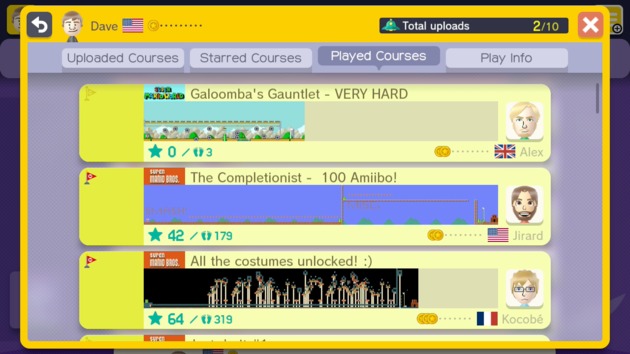
Play LOTS of User-Created Courses
Once you've witnessed the type of wacky and brilliant stages users have created in Super Mario Maker, most Mario games from the past decade or so seems awfully tame. Play as many of these stages in your free time to help formulate new ideas. Don't plagiarize someone else's work, but instead, let it inspire you. Witnessing the off-the-wall ways these assets can be combined is near mind-blowing, and seeing what's been accomplished by other people may help you to realize the potential of an idea that someone else didn't capitalize on entirely. Apply those ideas to your own levels and create something even more impressive!
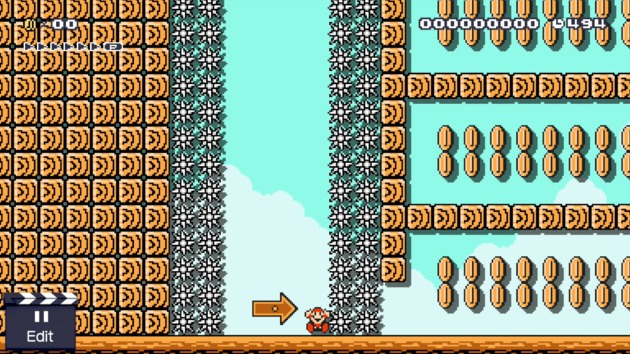
Don't Bolt Without Taking a Note
When you come across a very difficult or unintuitive user-created course, don't bail out at the first sign of a struggle. Taking a few minutes to play the level with an investigative attitude, while filing metal notes of why that course doesn't work well, can help to ensure you don't make the same mistakes with your creations. We've learned a heck of a lot from doing this, and it's allowed us to avoid circumstances that make a level unfinishable (for us, anyway) or unfair. Once you're aware of what not to do, in the future you can save yourself a lot of time.
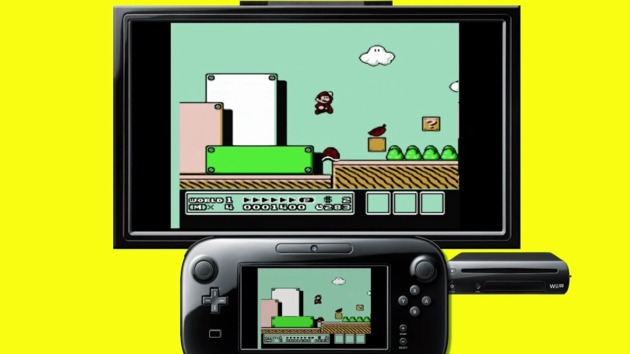
Get a History Lesson
The first Super Mario Bros. changed gaming forever, while Super Mario Bros. 3 and Super Mario World are often described as two of the best games of all time. Whether you dust off your old consoles and cartridges or download these games from the Wii U eShop, be sure to give them some attention if you're seeking inspiration. Take notes on how level 1-1 from Super Mario Bros. teaches players the core mechanics and fundamentals of the game, and apply those philosophies to your own designs. Maybe play Super Mario Bros. 3 next and notice how much of an evolution it is from the original. The point is, there's so much that can be learned from these classics, and it would be smart to have that knowledge fresh in your mind while trying to create the best Super Mario levels the world has ever seen. That's your goal, right? To eventually beat Nintendo at its own game? If so, we totally believe in you!
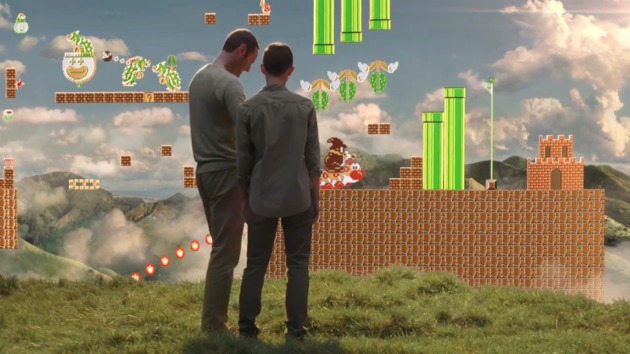
Two Heads Are Better Than One
Whether it be family or friends, or both, gather some company to experience Super Mario Maker with you. Even though this is technically a single-player game, it works wonderfully when passing the GamePad around and getting other minds involved in your designs. Also, before uploading your latest and greatest level, have a couple people play it in front of you and take note of any trouble spots they might run into. Listen to their feedback, and try to apply changes to your design to make a better final product. Sometimes a simple string of coins is all you'll need to direct a player toward their destination or to highlight a block of interest. Sometimes that clever section you created to test the minds of Mario veterans might be intuitive to you but not anyone else. Find out what could be better or fixed, and don't hesitate to enhance your level. Playtesting is an essential stage of game development, so why not work it into your routine to ensure you upload the best possible course?
If you have any other tips that may assist aspiring level designers on their journey to making the perfect Super Mario stage, leave them in the comments below. We'd love to hear what aids you in your creative efforts, and we're sure fellow readers would also appreciate the knowledge. So go ahead – crouch into the last green pipe on the right and you'll be to the comments in no time!
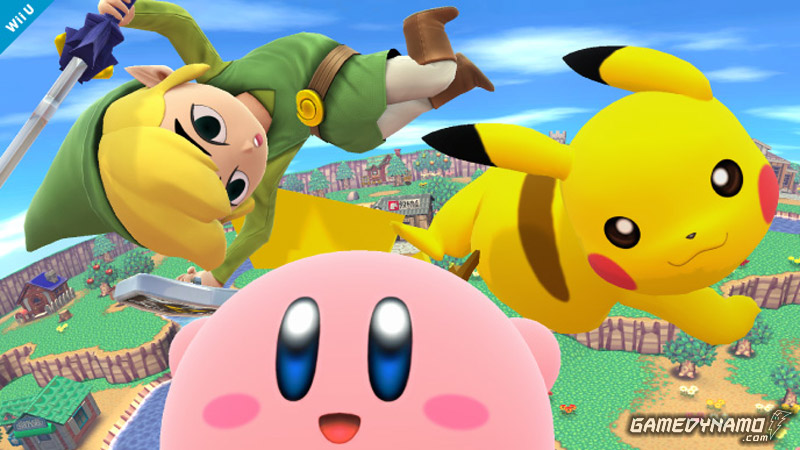

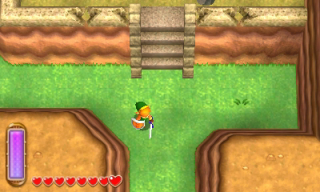

 Assassin’s Creed IV: Black Flag – Templar Hunt / Assassination Mission Guide
Assassin’s Creed IV: Black Flag – Templar Hunt / Assassination Mission Guide The Adventure of Link Walkthrough – Midoro Palace –
The Adventure of Link Walkthrough – Midoro Palace – 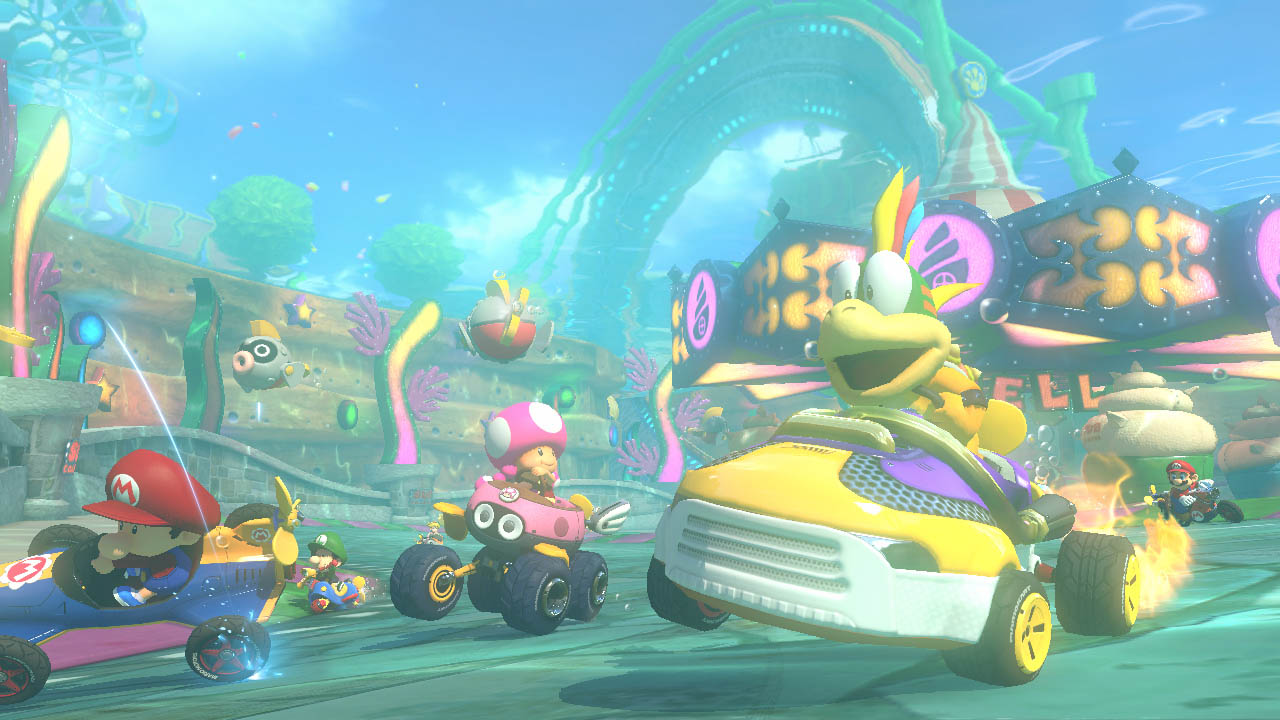 Mario Kart 8 – Unlockables Guide
Mario Kart 8 – Unlockables Guide GOLY
GOLY Assassin’s Creed IV: Black Flag – Assassination Contracts Guide
Assassin’s Creed IV: Black Flag – Assassination Contracts Guide